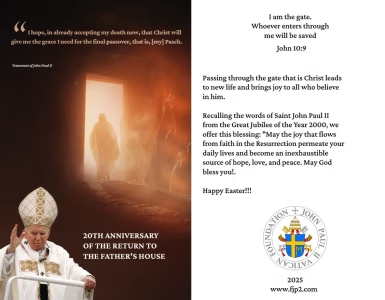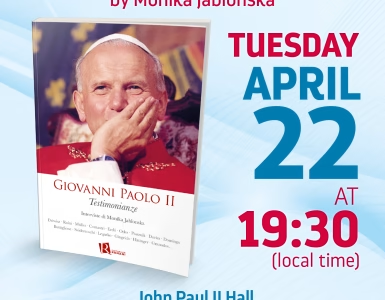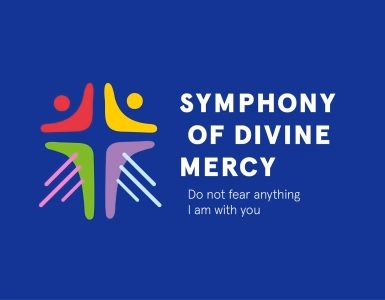Sometimes there was an impression that the Pope was the only one to defend moral principles. He was well aware that it is one thing to evaluate the media and another to judge people, not necessarily Catholics. This was the genius of Karol Wojtyła – not to be subordinated to the press and not to succumb to pessimism. He always said: “There is Christ in the Church.” After the storm, silence will come. After winter, spring will always come.
Another even more exhausting battle was the struggle to defend life from conception to natural death. Here, too, the Magisterium of the Church had to intervene. The encyclical Evangelium vitae has been published. This time too, the Holy Father’s voice seemed to be the only one in the desert of selfishness and conformity. It seemed to be the last bastion of opposition to the “civilization of death” that gave formal rights to abortion, especially after numerous parliaments felt entitled to establish a boundary between life and death.
It was a time of such a strong “widespread” of abortion that its practice began to be recognized as a binding law. A document prepared for the Cairo conference on population and development suggested defending a demographic policy that would recognize abortion as a method of general birth control. And, this is the proposal put forward by one of the UN institutions!
At first, John Paul II really seemed alone in this struggle. Over time, however, the number of people around the world, especially among the laity, who have dedicated themselves to the mission of defending life, has increased. New movements in defense of life were constantly emerging. After the Institute for the Family was founded in Rome, many similar institutions were born in other countries. Rightly so, because on the horizon appeared another conflict – this time related to the family.
With the consent of Cardinal Stanisław Dziwisz – “Testimony”.
TBA Publishing House Marketing Communication. Warsaw 2007





